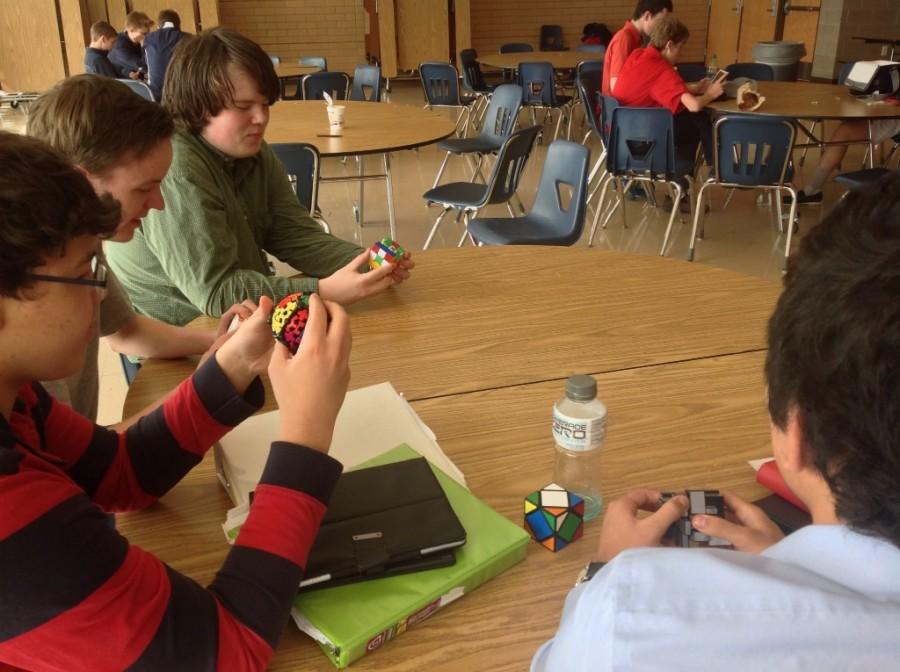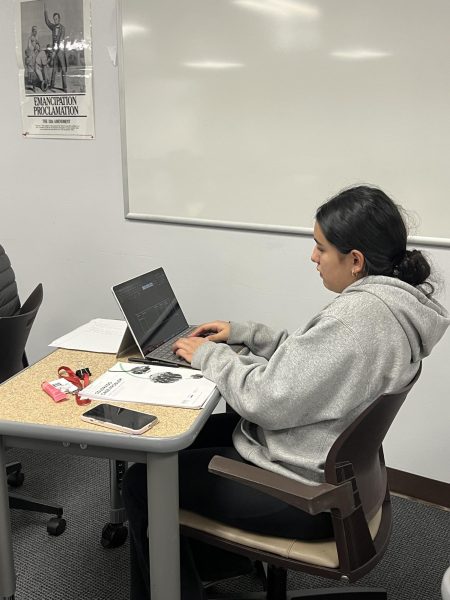The Art Of Cubing
“Anyone can do it.”
In the recent months at Regis Jesuit, a particular hobby has been firing up with a group of people. This hobby has been around for a long time now, since the 1970’s, and has even had its fair share of professional competitions. Although the original design has had many revisions with different shapes and sizes from third party companies, the original is still what started it all. This hobby is called “Cubing”, and involves a 3-Dimensional puzzle cube; the Rubik’s Cube.
Although this cube seems like a fairly old and boring item, it has some interesting facts behind it and even has some intricate shapes to keep you going once you’re bored with the original cube.
“I have 15 in total. These include cubes, pyramids, dodecahedrons, cuboids, and gear based puzzles,” says Patrick Heffernan ’17.
Interestingly enough, although the 3x3x3’s size may deceive you, it has 43,252,003,274,489,856,000 different configurations. This number bypasses all elementary math of “how many different combinations are possible?”. Just imagine how many different configurations there are in the larger sizes of the cube!
“Solving a cube just requires some intuition and memorization of simple algorithms. Anyone can do it,” says Patrick.
On the downside of cubing, the different models themselves can be very expensive depending on what kind you get or how large it is. Some models can even be more than $1000. It is slightly understandable, however, because of how complex it becomes as it gets larger. The structures are even handmade as well as being made of different materials. However, it is really only worth it if you know how to use it. Although it can become expensive after a while, it can be a challenging and fun experience.



